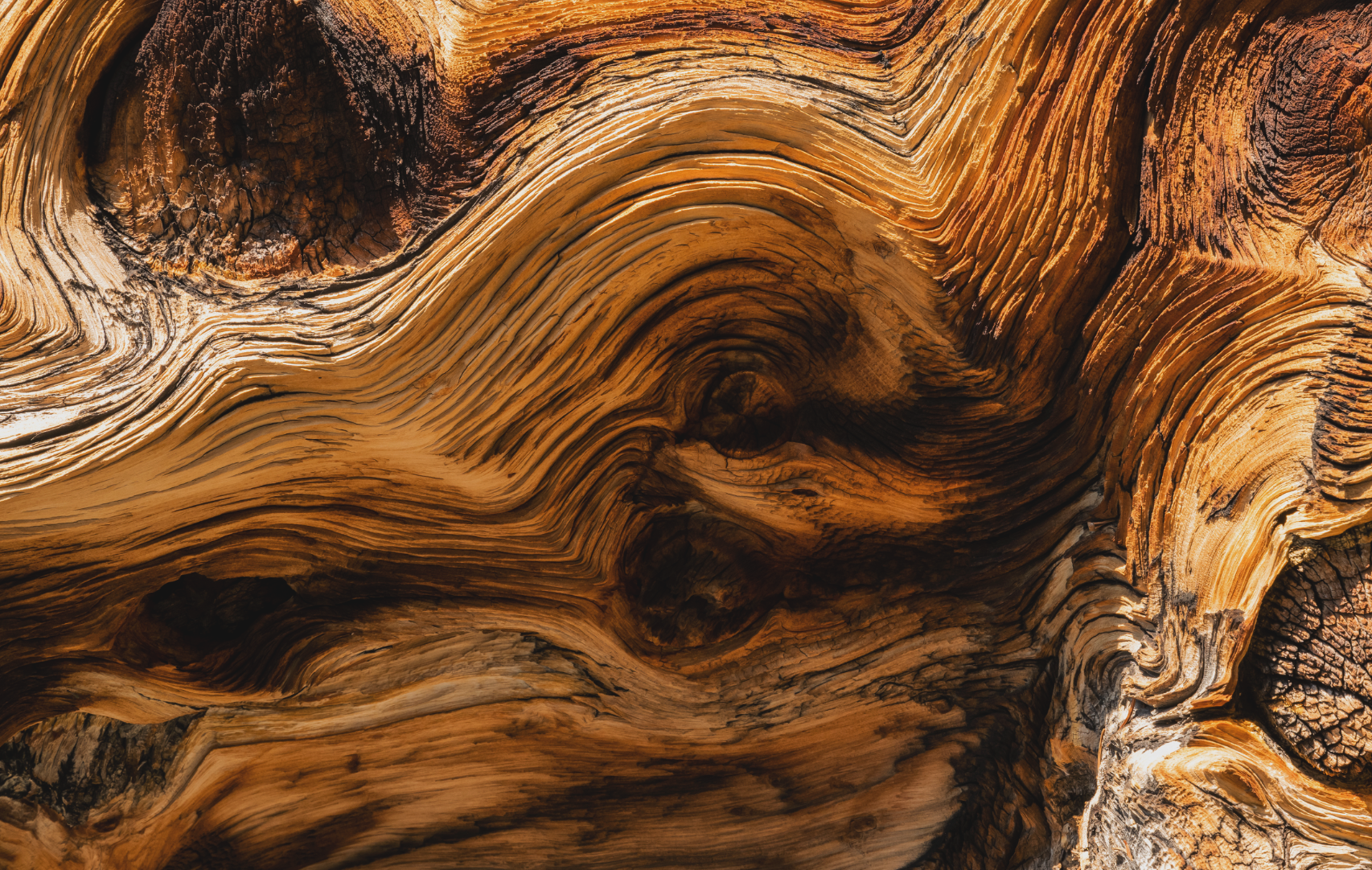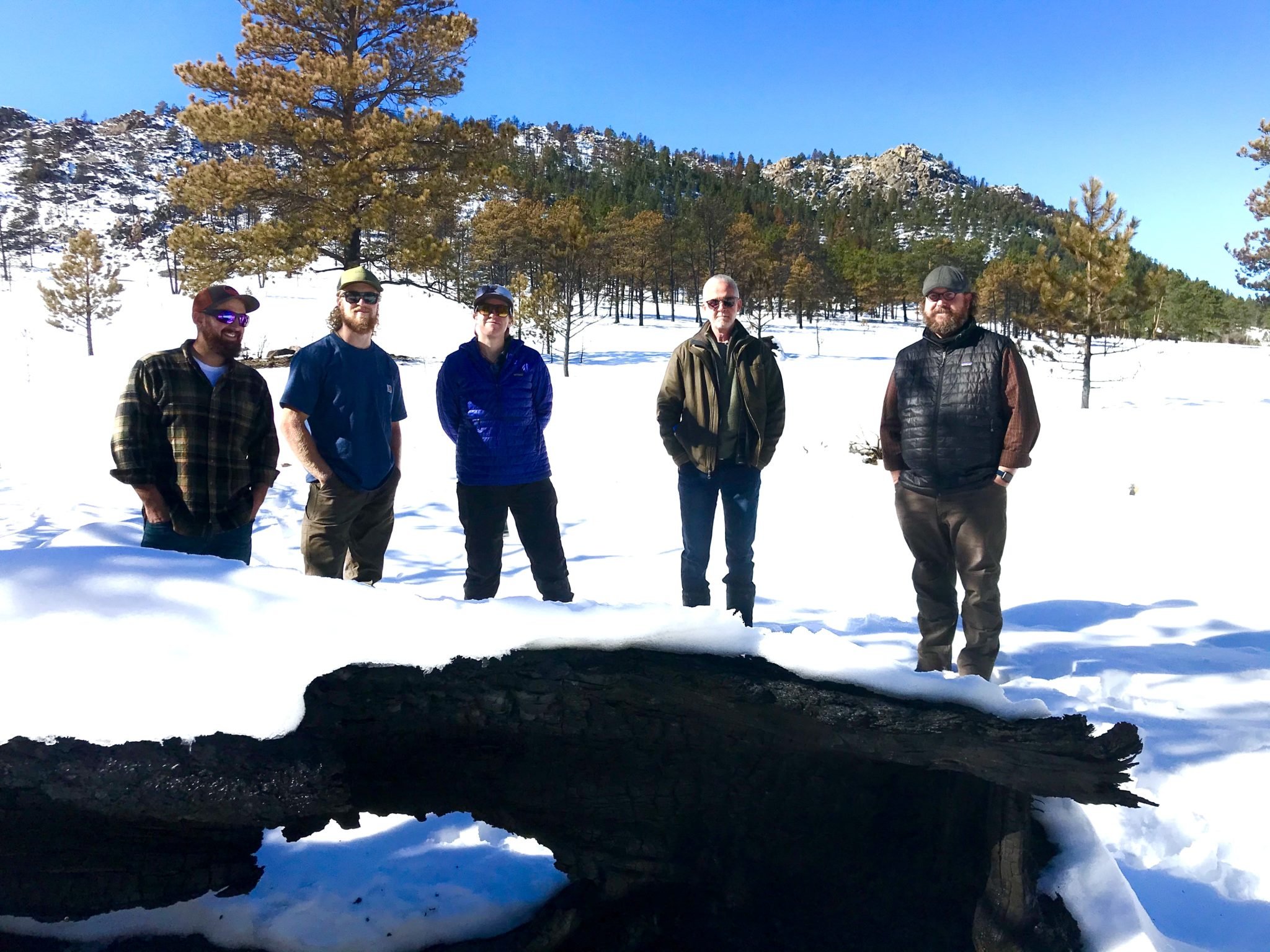

We are dedicated to our vision of creating resilient landscapes with broad public support for voluntary, sustainable natural resource stewardship.
A LOCAL DISTRICT, A LOCAL VOICE
LCD is one of 74 conservation districts in Colorado. We are a local unit of state government (special district) that provides a voice on natural resource issues.
With a goal to always conserve natural resources in Northern Colorado, we collaborate with:
Private landowners
Residential communities
Local, state, and federal government entities
Coalitions and collaboratives
Local contractors (ie. logging companies, natural resource consultants, etc.)
LCD was formed in 2022 after the Fort Collins and Big Thompson Conservation Districts (both est. 1945) merged, and is supervised by a board of volunteer local landowners & conservation experts. We work to maintain and improve water, soil, and wildlife resources by providing technical, educational, and financial resources to support conservation practices.

Our Mission
Our mission is to promote & implement responsible stewardship of natural resources on all lands through locally-led partnerships, grassroots advocacy, & education.
Our Purpose
Our purpose is to make available technical, financial, and educational resources, whatever their source, and focus or coordinate them so that they meet the needs of the local land manager with conservation of soil, water and related natural resources.
Also we bring together other partnering agencies to address new and ongoing natural resource issues.
Cooperative Approach to Addressing Changes and Needs
Although conservation districts were born out of the Dust Bowl to serve soil and water conservation needs, our focus has diversified over the years as our constituents' needs have changed. In recent years, LCD and other districts along the Colorado Front Range have turned to helping private landowners who live in and near the Wildland Urban Interface (WUI) with forest management through the Healthy Forest Initiative.
Our Responsibility to Local Landowners
Districts are responsible, statutorily, for representing their local landowners on natural resource concerns and thus should be checking with landowners at least yearly on priorities for their District. Conservation Districts are a political subdivision of the State of Colorado, and is locally led conservation.

Our Values
Relationships
Cultivating diverse, authentic, collaborative, & trustworthy relationships.
Leadership & Passion
Providing leadership in response to changing landscapes, & continuing to stay grounded in our trusted expertise conserving lands.
Innovation & Impact
Pioneering the application of the best-available science; taking pride in implementing high-quality programs while ensuring measurable & lasting outcomes.
Integrity & Reliability
A commitment to transparency, honesty, & dependability
History
Shifting to a Larger Mission
The Standard State Soil Conservation Districts Law was enacted on May 6, 1937. The Colorado General Assembly passed the Colorado Soil Conservation Act (HB 258), which provided for the creation of local conservation districts to serve the soil and water conservation needs of the people in December 1937. The Districts are overseen by the Soil Conservation Act, Title 35 Article 70, and certain parts of the Special District Act, Title 32. We were originally formed to bring landowners together to protect against widespread soil erosion, and since then, our mission has evolved to include the conservation of all natural resources, such as water, land, air, vegetation, and wildlife.
The Beginning of US Conservation Districts
Conservation Districts grew out of the Dust Bowl during the Great Depression of the 1930s. The temporary Soil Erosion Service was established as a result of the Dust Bowl. The combination of mechanized farming practice and the loss of fertile topsoil in 1935 led to the flooding of the wheat market. In 1937 the United States Department of Agriculture (USDA) recognized The Soil Conservation Service as a permanent agency.






